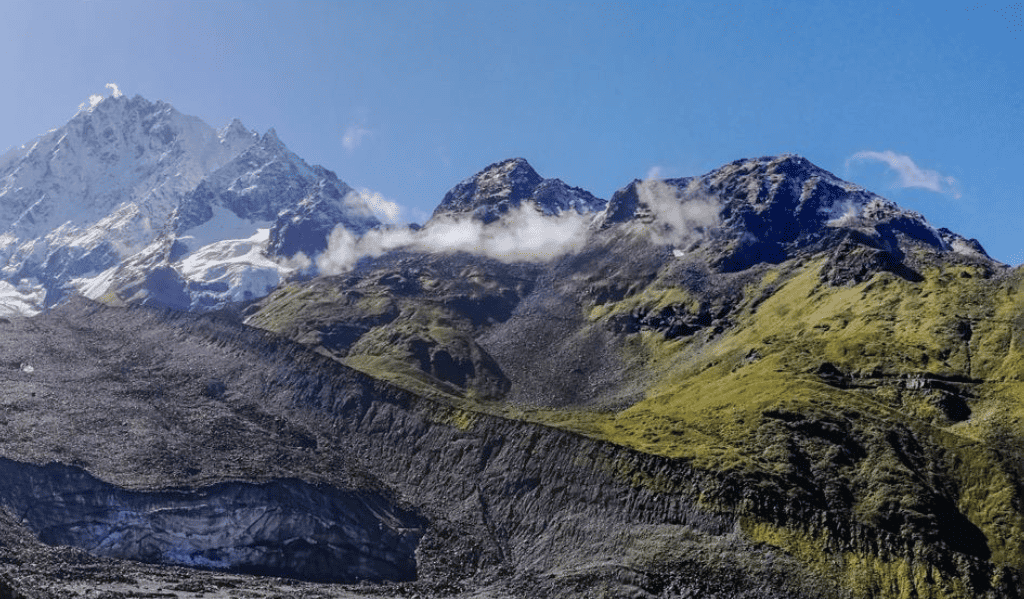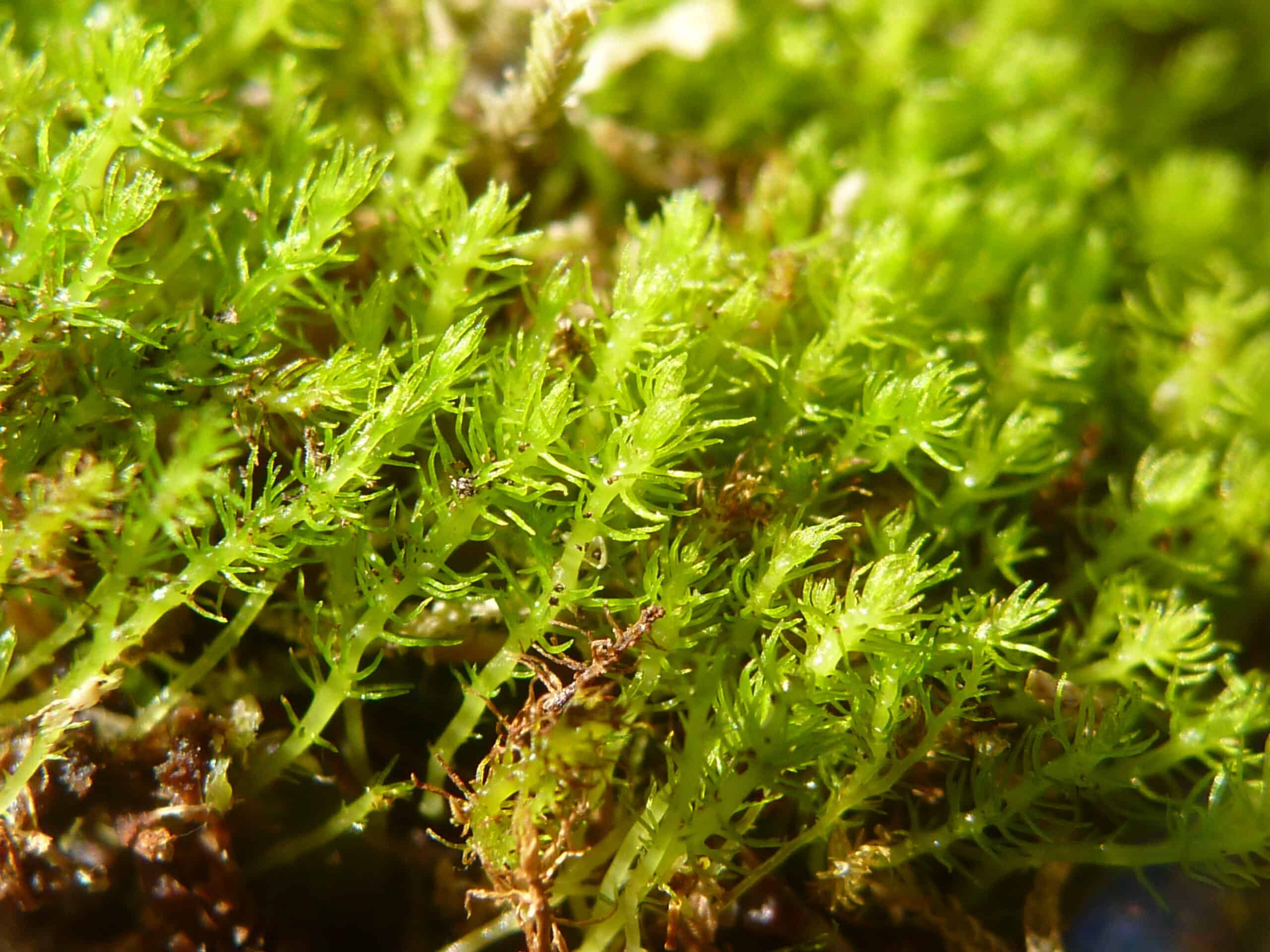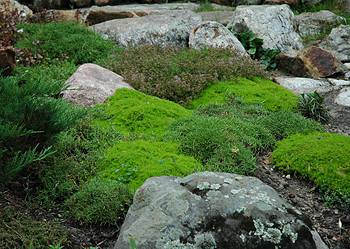The climate crisis is taking a massive toll on many species around the world, including Takakia.
This inconspicuous moss actually has a tremendous story behind it. The species is a 390-million-year-old moss that lives in some of Earth’s most remote places. In fact, it’s so remote that scientists had to climb tall peaks to find it and sequence its DNA. When they did this, they discovered that Tatakia is one of the fastest evolving species ever studied — but it’s probably not adapting fast enough to survive a warmer world.

Takakia, a small and slow-growing moss, can only be found in small patches in the Tibetan Plateau, as well as in parts of Japan and the US. The researchers made 18 expeditions to reach the moss in the Himalayas and collect samples at 4,000 meters. Only half of the route was accessible by vehicle and they had to climb the rest of the way.
This impressive moss was already 100 million years old when the Himalayas rose up underneath it, altering its habitat and forcing it to adapt quickly — which it did. The team wanted to go as deep as possible into the history of the first plants to understand its evolution. They found that Takakia is very active on the genetic level, constantly changing.
“In order to protect this mysterious plant and enable it to continue to reproduce, we attempt to reveal its genetic adaptation characteristics over the past 400 million years (especially the 65 million years since the uplift of the Qinghai Tibet Plateau), as well as its current living conditions,” Yikun He, study author and biologist, told ZME Science.
A changing climate

Takakia are covered with snow for eight months of the year and are then subjected to high-intensity radiation during the rest of the year. In response, the plants adapted to grow in different locations using a branching system. “This forms a network structure and a very sturdy population structure, which can resist snowstorms,” He said.
Along with looking at its genome, the researchers studied Takakia’s environment. They used satellite weather data, timelapse cameras to observe environmental changes in the greater ecosystems, and equipment to study the plant’s microclimate. They found that the climate was warming significantly and that the glaciers on the plateau were melting fast.
But that’s not the only problem. The moss is also experiencing higher UV radiation than ever before — sufficient to kill other plants adapted for harsh environments. The researchers also noted that despite the moss’s previous success in rapid adaptation, it’s now becoming harder to find. In fact, Takakia’s population in Tibet decreased by 1.6% each year during the study.
The researchers predict that the suitable regions for the moss to live in will reduce to around 1,000-1,500 square kilometers all over the world by the end of the century. They predict the moss won’t likely survive another hundred years. To help improve its chances, they propose an international effort to combine resources between researchers and ask people to engage in biodiversity conservation.
“Plant scientists cannot sit idly by. We are attempting to multiply some plants in the laboratory and then transplant them to our experimental sites in Tibet,” He said in a news release. “After five years of continuous observation, it has been found that some transplanted plants can survive and thrive, which may be the dawn of the recovery of Takakia.”
The study was published in the journal Cell.




